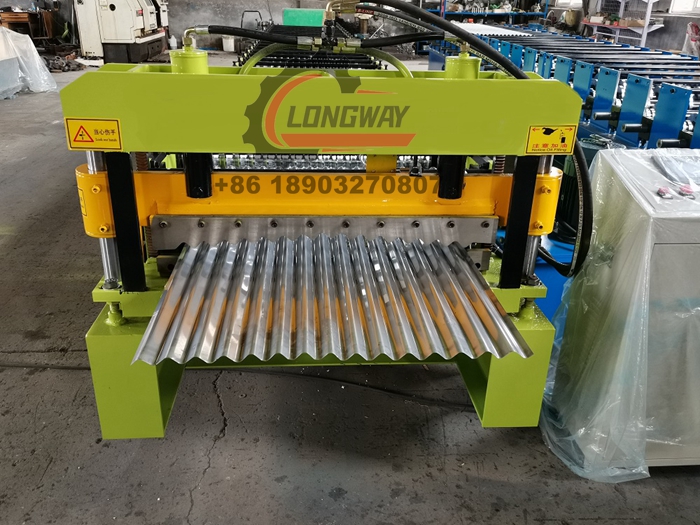soffit roll forming machine
Understanding the Soffit Roll Forming Machine
In the world of metal construction and architectural detailing, the soffit roll forming machine plays a pivotal role. This specialized equipment is designed to create soffit panels, which are the underside of architectural elements such as eaves, overhangs, and ceilings. Soffits not only enhance the aesthetic appeal of a building but also serve practical functions, including ventilation and protection against weather elements.
What is a Soffit Roll Forming Machine?
A soffit roll forming machine is a type of machinery used to transform flat metal sheets into shaped panels that can be installed as soffits. The process involves feeding metal coils into the machine, which then uses a series of rollers to bend and form the metal into the desired profile. The result is a strong, lightweight, and durable soffit that can withstand various environmental conditions. These machines can accommodate various materials, including steel, aluminum, and other metals, offering flexibility to meet different project requirements.
The Manufacturing Process
The roll forming process begins with the preparation of metal coils. The coils are unwound and fed into the machine, where they pass through multiple rollers. Each roller incrementally shapes the metal until it reaches the final profile. The precision of the machine ensures that the panels are uniform in size and shape, which is crucial for proper installation. Once the panels are formed, they may undergo further processes such as cutting to specific lengths, punching holes for mounting, or applying protective coatings.
Applications of Soffit Panels
soffit roll forming machine

Soffit panels produced by roll forming machines are widely used in both residential and commercial construction. They are commonly installed in the eaves of houses to enhance airflow and prevent moisture buildup in attics, thus reducing the risk of mold growth. In commercial settings, soffit panels can be used to conceal ducts, wires, and plumbing while providing a clean, polished look. Additionally, exterior soffits protect the structural components from weather damage, contributing to the longevity of a building.
Benefits of Using Soffit Roll Forming Machines
The use of soffit roll forming machines offers several advantages. First, the efficiency of the roll forming process enables rapid production, which can significantly reduce project timelines. Second, the precision engineering ensures a high level of accuracy, minimizing waste and material costs. Third, the ability to produce panels in various profiles allows for customization, ensuring that the final product fits the specific design requirements of any building project.
Moreover, modern soffit roll forming machines are often equipped with advanced technology, such as computer numerical control (CNC), which further enhances precision and automation in production. This technological integration not only simplifies the forming process but also allows for consistent quality control.
Conclusion
In summary, soffit roll forming machines are essential tools in the construction industry, providing efficient solutions for creating high-quality soffit panels. Their ability to produce customized profiles quickly and accurately makes them invaluable for contractors looking to enhance the aesthetics and functionality of buildings. As construction techniques continue to evolve, the soffit roll forming machine stands out as a cornerstone of modern architectural design.
-
Roof Panel Machines: Buying Guide, Types, and PricingNewsJul.04, 2025
-
Purlin Machines: Types, Features, and Pricing GuideNewsJul.04, 2025
-
Metal Embossing Machines: Types, Applications, and Buying GuideNewsJul.04, 2025
-
Gutter Machines: Features, Types, and Cost BreakdownNewsJul.04, 2025
-
Cut to Length Line: Overview, Equipment, and Buying GuideNewsJul.04, 2025
-
Auto Stacker: Features, Applications, and Cost BreakdownNewsJul.04, 2025
-
Top Drywall Profile Machine Models for SaleNewsJun.05, 2025








